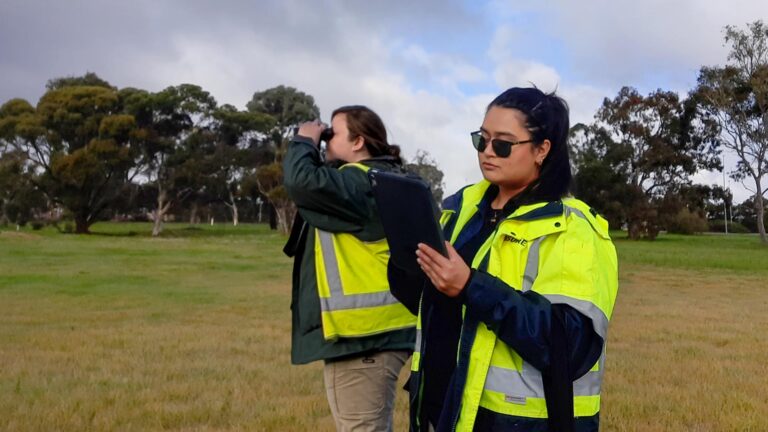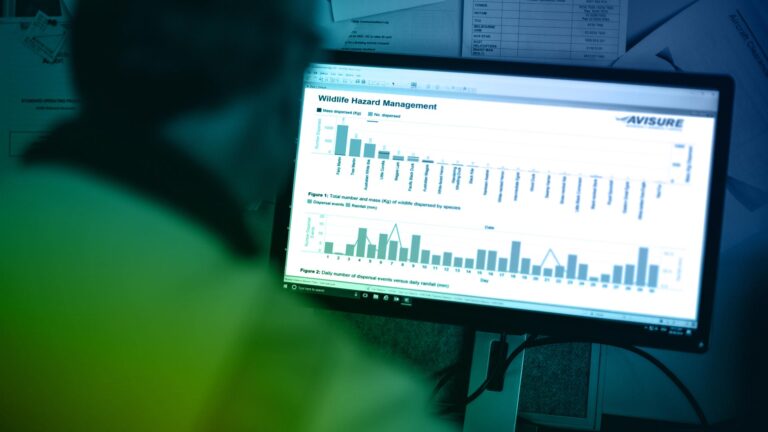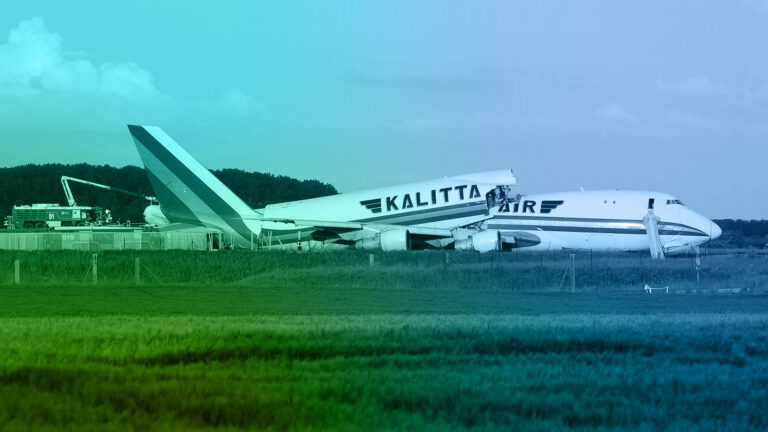Ronel Jit, Avisure’s Southern Regional Manager and Principal Environmental Scientist, presented a thought-provoking subject at the Australian Aviation Wildlife Hazard Group’s forum held in Adelaide in September.
The presentation looked at the predicted use of advanced air mobility vehicles (AAMs) (mainly electric vertical take-off and landing aircraft, or e-VTOls) for urban and regional commuter transport and examined the many safety and environmental sustainability factors to be considered in their integration into the existing aviation ecosystem. As a wildlife hazard management specialist, Jit focused especially on the implications of AAM for wildlife strike and wildlife sustainability.
The key message for the audience was the urgent need for harmonisation of AAM standards, from initial design certification of AAM, to construction of vertiports, to management of airspace and creation of dedicated AAM operational corridors.
Jit said that e-VTOL were likely to operate in the same airspace level frequented by birds and bats. Recent figures (June 2022) from the US Federal Aviation Administration show that 95 per cent of strikes occur below about 4500 ft AGL, the airspace AAM would also occupy (surface to 4500 ft).
Design certification is another factor which must be considered, he said. The unique design features of current e-VTOL: multiple small propellors, composite structure, flight critical systems concentrated in small areas due to space limitations, less operational noise than conventional rotorcraft, all make them potentially more susceptible to damaging bird strike. The anomaly between rotorcraft certification standards in the US and Europe, with the former’s bird-impact resistance standard of 1kg, compared to Europe’s 0.91 kg must also be addressed.
Several species of larger Australian wildlife well exceed these resistance standards. The wedge-tailed eagle is one, as the recent NSW pilot fatality involving a Bell 206L1 LongRanger helicopter’s collision with a wedge-tail in July 2022 sadly reminds us.
Species such as pelicans, ibis and flying foxes have taken advantage of recent good seasons and two years of reduced operations during the pandemic to move into urban and regional areas, as have overabundant species such as little corella, which can flock in the thousands. With the likely increase in the number of aircraft operating at low altitudes, this means the probability of wildlife strikes can be significantly high.
Design and construction of vertiports is another area which requires careful integrated planning, Jit said. The recent announcement of Caribbean Park in Melbourne’s east as ‘Australia’s first air taxi vertiport’ highlights the need for prior input from all stakeholders, such as aviation, wildlife and environmental specialists, regulators, town planners and developers. The site is surrounded by wildlife-attracting lakes, wetlands and wildlife reserves, with the Churchill National Park fewer than 10 km away.
These new technologies are being touted as clean and green, but, Jit said, their environmental credibility would suffer if threatened species are not protected. Planning the operational corridors for AAM will mean not only a complex balancing of aviation requirements—integration of conventional aviation with AAM and uncrewed operations, but sustainable wildlife corridors which account for different species’ fly-out patterns and migratory routes.
Jit is continuing to research this complex topic and plans to present a formal paper in the future.




